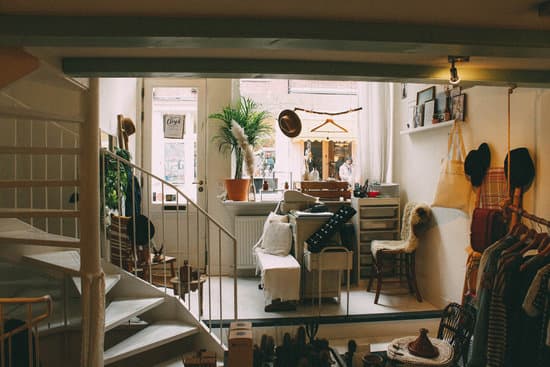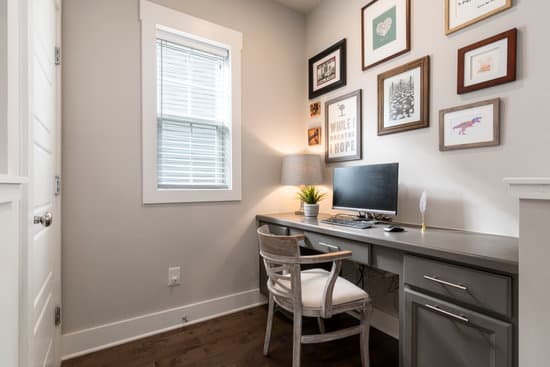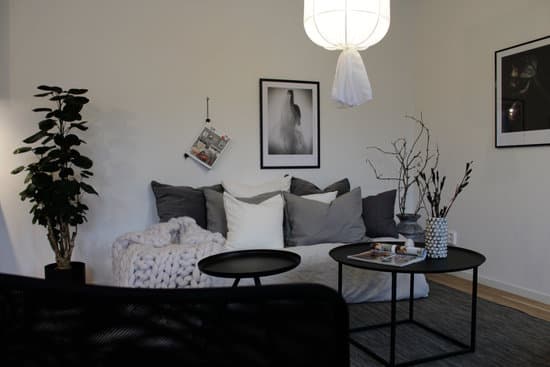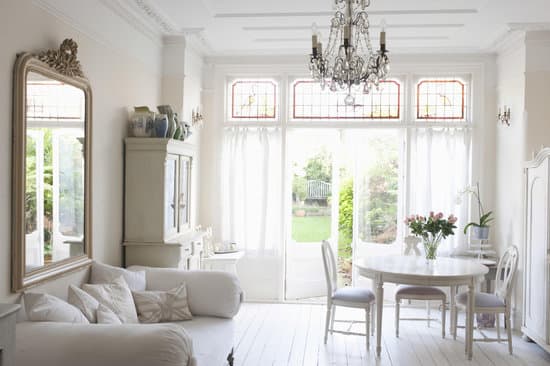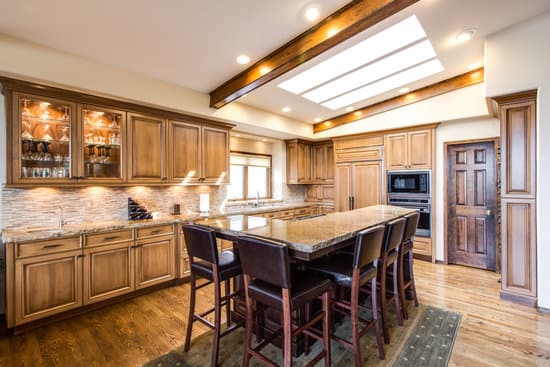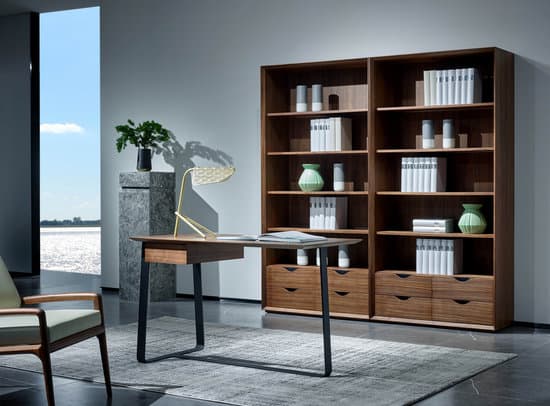Bauhaus decor is known for its unique and distinct features that set it apart from other design styles. The Bauhaus approach is characterized by its minimalist form, function-driven aesthetics, and the use of revolutionary materials. Here are some hallmark features of Bauhaus decor:
Absence of ornamentation: One of the key features of Bauhaus decor is the lack of elaborate ornamentation. Bauhaus designers believed that design should be simple, functional and rational.
Clear lines and smooth surfaces: Another distinguishing feature of Bauhaus design is the use of clean, simple lines and smooth surfaces. This creates an uncluttered and streamlined look that is both visually striking and practical.
Geometric forms: Bauhaus designs often incorporate geometrical shapes, such as squares, circles, and triangles. These shapes provide a sense of balance and symmetry to the space, creating a cohesive and harmonious aesthetic.
Revolutionary materials: Bauhaus designers were known for their innovative use of materials. They employed materials that were groundbreaking for the period, such as tubular glass, steel, plywood, and plastic, which allowed them to create furniture and decor that was both functional and visually appealing.
Overall, Bauhaus decor is a testament to the power of simplicity and function-driven design. The bold and innovative use of materials and geometric shapes give it a timeless and enduring aesthetic that continues to inspire designers and homeowners alike.






